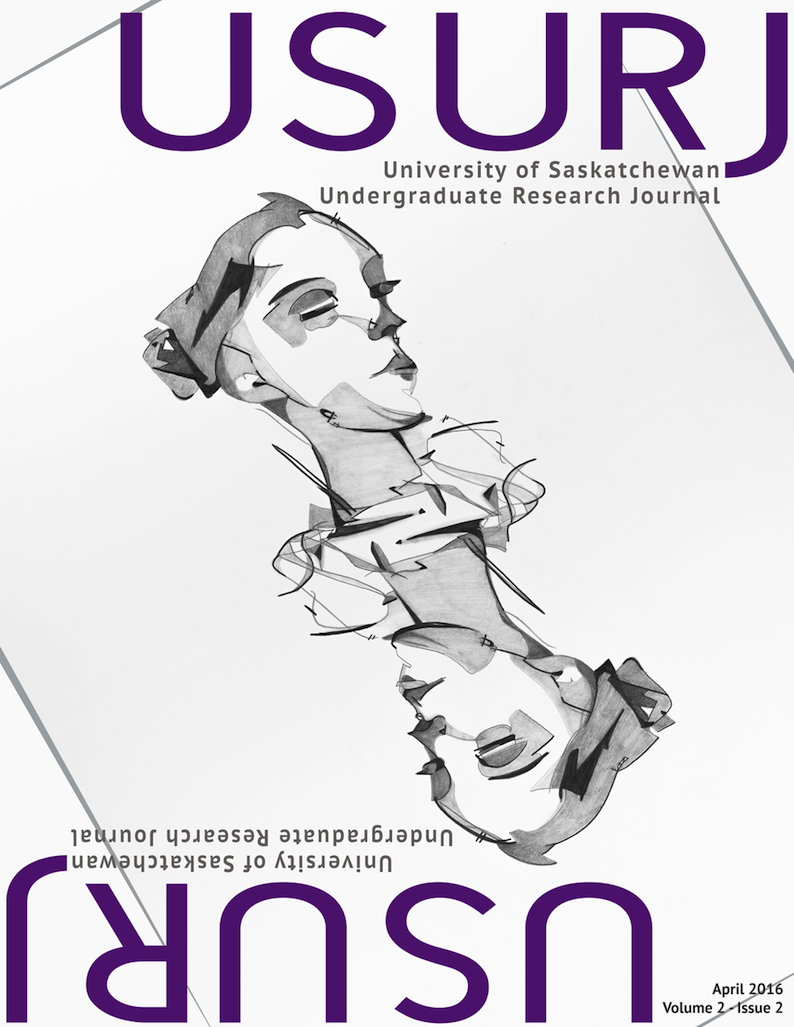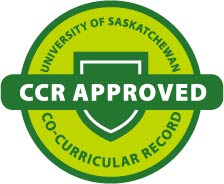Perceived Stress Levels and Support of Student Disability Services
DOI:
https://doi.org/10.32396/usurj.v2i2.150Keywords:
Perceived Stress, University Students, Disability Services, Social SupportAbstract
Perceived stress of university students tends to be higher for students with disabilities compared to students without disabilities. Students with disabilities may therefore require campus support to manage additional stress they encounter. The current study investigated the relationship between students’ perceived stress levels and enrollment in university campus Disability Services for Students (DSS). Three groups of university students were studied: those without disabilities (n = 42), those with disabilities registered with DSS (n = 21), and those with disabilities not registered with DSS (n = 23). Three hypotheses were tested. First, students with disabilities would have higher overall perceived stress levels compared to students without disabilities. Second, students with disabilities who were not registered with DSS would experience a higher level of perceived stress compared to students with disabilities who were registered with DSS. Third, students with disabilities registered with DSS would have a similar level of perceived stress to students without disabilities. Student participants completed an online self-report survey containing the Perceived Stress Scale(Cohen, Kamarck, & Mermelstein, 1983). A one-way analysis of variance was conducted to investigate potential differences in perceived stress levels between the three groups. The results indicated that students with disabilities reported higher levels of stress compared to their peers without disabilities, yet DSS had no significant effect on perceived stress among students with disabilities. With these findings, we suggest that further research on the relationship between DSS and other academic factors, such as students’ grade point average, should be conducted.
Downloads
Published
Issue
Section
License
Articles: USURJ’s current Publication Agreements apply a Creative Commons Attribution-NonCommercial License (CC-BY-NC) by default. The CC BY-NC license lets others remix, tweak, and build upon work non-commercially. The author(s) can choose a different CC license, as outlined in https://creativecommons.org/about/cclicenses/. Please see the PDF for each article to determine what license is applied to that article. Author(s) can also request to reserve all copyright (All Rights Reserved). If there is no indication for articles published before September 2020, assume the author retains all rights beyond those necessary for publication by USURJ. All articles published after September 2020 will apply one of the aforementioned CC licenses. See the Publication Agreement under the Submission Preparation Checklist or Author Guidelines for more information. Artwork: All copyright for the original artwork remains with the artist unless they wish to apply a Creative Commons (CC) license to the artwork. Please see the PDF for each artwork to determine what license is applied to that artwork.







